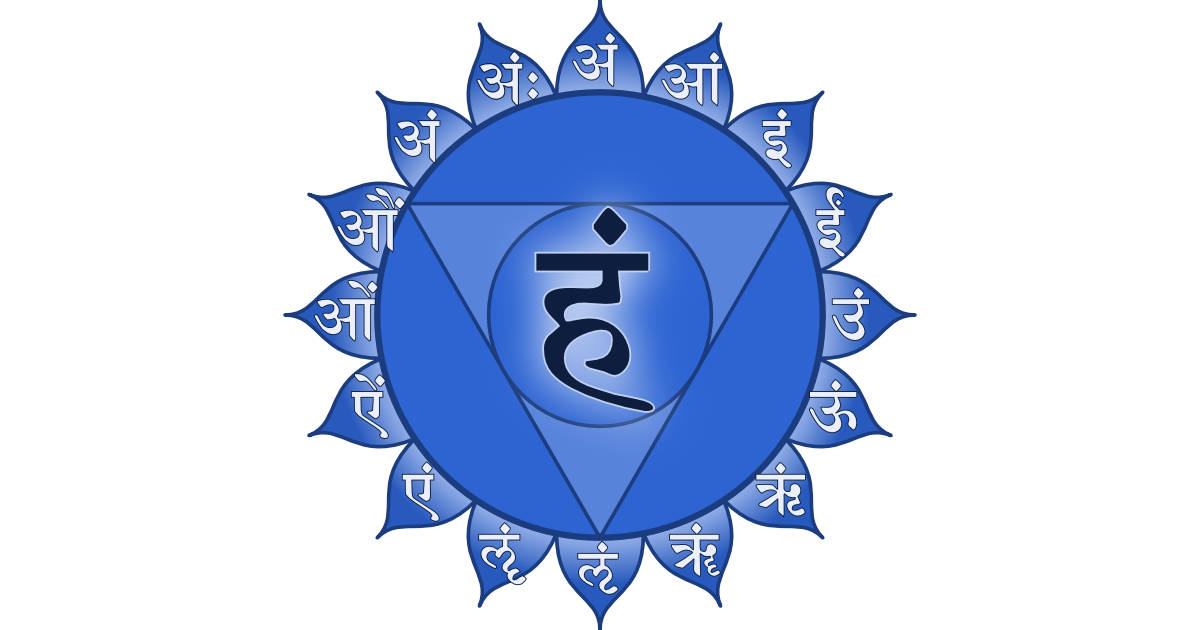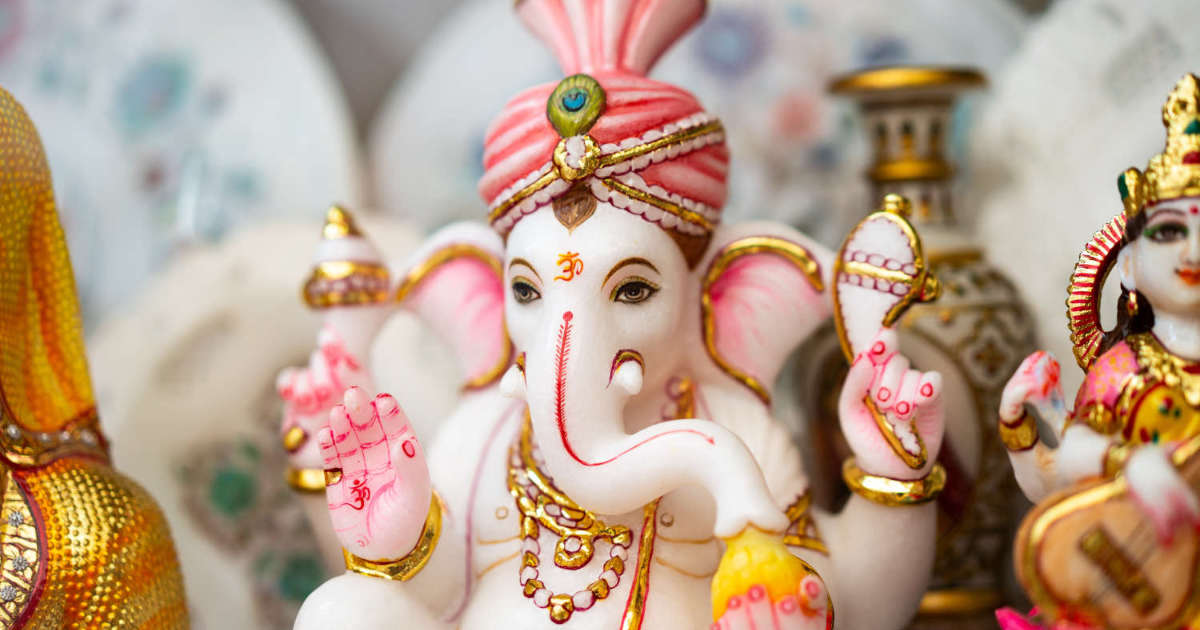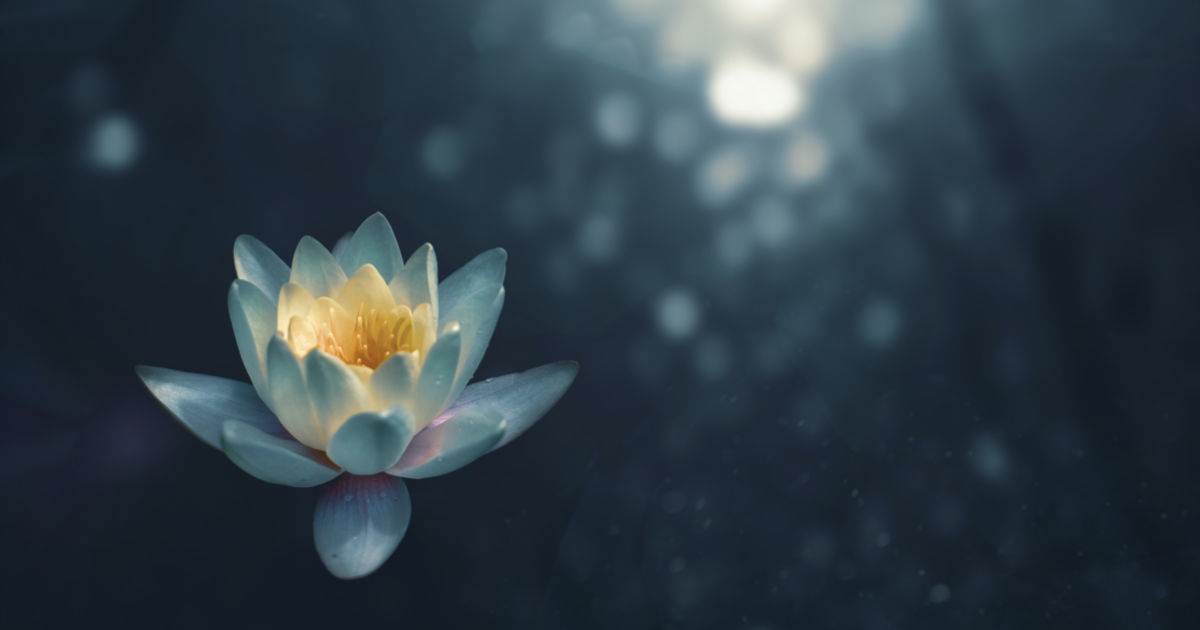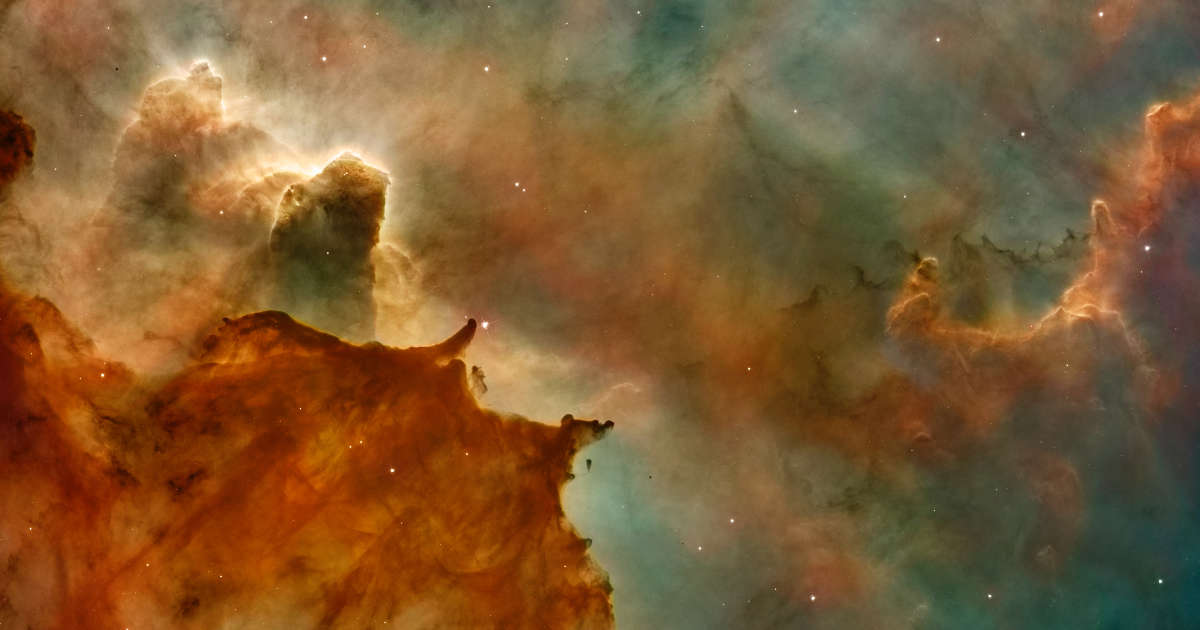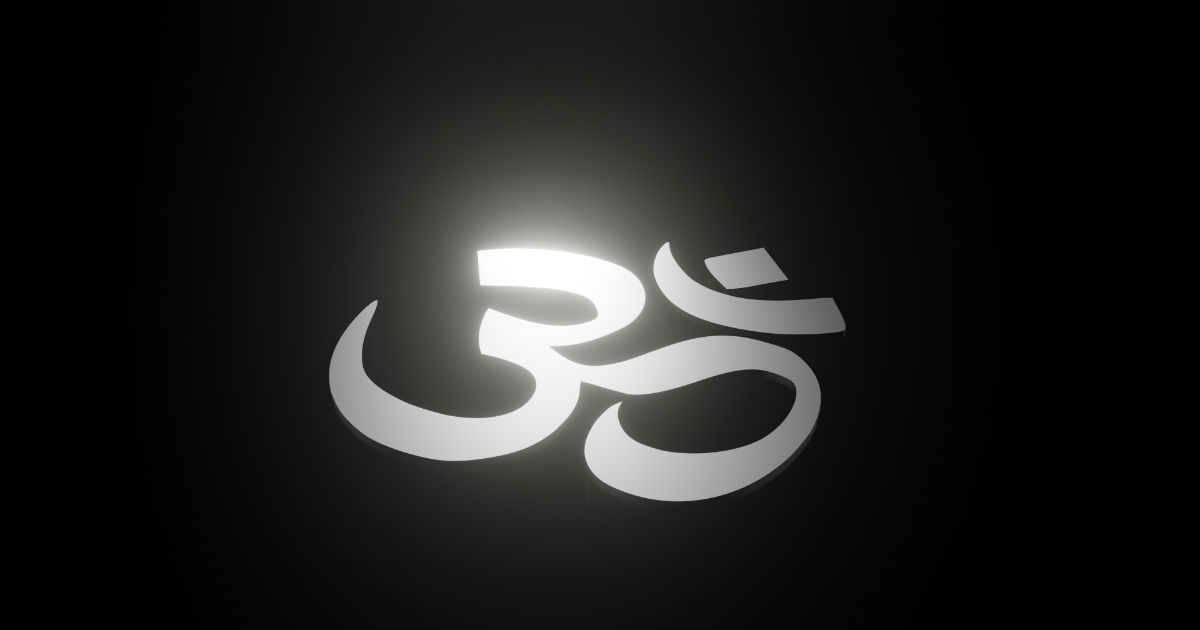Spring means change in the weather and new burgeoning happen. The spring flowers burgeon once the warm weather is around the corner. Burgeoning means growing, expanding and developing rapidly. Continue reading
Tag Archives: chakra
Centre for Communication–Visshudhi Chakra
The Visshudhi chakra is the chakra for communication. I am discussing the visshudhi chakra in isolation for a specific reason. The visshudhi chakra is purple and it is associated with Aakash (ether). The udana prana rules this chakra and the function of this prana is to purify our body of toxic substances, while exhaling. Purification occurs at all levels, physical, emotional, mental and spiritual. Continue reading
Creation of Ganesha
Parvati longed for a person, who would be her guard like Nandi, who was always at Shiva’s side. One day when she was preparing for her bath on Mount Kailash’s, she told Nandi to sit outside. Nandi took his post, intending to carry out Parvati’s wishes. Shiva arrived suddenly as was his habit and he wished to enter. Continue reading
Rage and Tranquility
Rage is an intense emotional state of displeasure with someone or something. Tranquility is a state of freedom from storm or disturbance. How does one keep a balance? There is only one way, which is being aware of one’s breath. What does this do for one? Does it banish one’s rage, one’s turmoil in one’s mind? It does. Continue reading
Mandala of Taste
The Mandala of Taste is not considered a method of transcendence. However, khechari mudra, in which one folds one’s tongue against the upper palate. The actual mudra is complex, therefore for the rest of us, the concentration should be on the tip of one’s tongue and becoming aware of the lalan chakra, which is a tiny gland at the back of the throat. Continue reading
The color code in Fengshui and Hinduism
In Fengshui there are four colors which are regarded as powerful. They attract wealth and abundance, and they are purple, deep blues, gold and dark greens.
Purple is associated with spirituality and one’s interior life. It is also associated with material possessions. It is believed that if we feel complete, we will send that energy out into the world and riches will begin to find their way to us. Continue reading
‘Desire’ by Rumi
I desire you
More than food
And drink.
My body
My senses
My mind
Hunger for your taste
I can sense your presence
In my heart.
Although you belong
To all the world
I wait with silent passion
For one gesture
One glance
From you.
Whom do we desire, who are we seeking? Continue reading
Why does one sit in a classic meditative pose?
Swami Niranjananda explains the importance of performing sadhana in a classic meditative pose. There is a technique called Yantra pranayama, which is to be practiced in Kaya Sthairyam. I have written about it and there is a YouTube of mine on it. However, dear ones, I will refresh your memory. It is a guided meditation, where one learns to become still and comfortable. Its origin is in Yoga. Kaya Sthairyam is also a wonderful standalone practice. Continue reading
Hail to the Divine Creatrix
Oh, Mother I entreat you to save the earth. Now is the time, when all of us are praying to you. Please end all the wars, discriminations and hatred.
Swami Sivananda, was a Devi Bhakta as all Gurus are. He addressed Devi as the Supreme Shakti of the Supreme Being. He gives his arguments for his faith and beliefs.
The 13 arguments
Adi Shesh, Vasuki and Kaliya
Who are they?
Adi Shesh is the thousand headed being, and Vishnu rests under his hoods.
Vasuki swallowed part of the toxic poison, which emerged when he was used for churning of the ocean. Shiva wears him round his neck. He is associated with eternal life.
Kaliya represents our five vices and Krishna killed him. Continue reading
952 – Understanding the Shivalingam
The Shivalingam is a symbol of the supreme consciousness in the creative form. The term lingam represents the state of existence that is invisible and unseen. It is used as a representation of Shiva. It is abstract and its ultimate reality is incomprehensible to anyone, even a saint. So how does one comprehend the ultimate reality. It is only possible to comprehend it as the Shiva Lingam. Continue reading
941 – Om Namah Shivaya
Om Namah Shivaya is composed of six different mantras. They are 1. Om – 2. Nah -3. Mah – 4. Shi – 5. Va – 6. Ya. All six sounds are interconnected with different chakras. Continue reading
932 – Confrontation and Compassion
Living in this world, we are exposed to daily acts of compassion and confrontation. When one reads the newspaper or reads the news on the net or screen, news flashes past.
My morning started with my two wild cats coming for breakfast. One of them is an abandoned Burmese cat. He is enormous and handsome. My other cat is a female and she is the daughter of an abandoned Abyssinian. I know, many of you of will think that how is it possible that such beautiful cats have been forsaken. And look at the irony they have come to my balcony. Continue reading
887 – Questions we seek answers for
What and why is Aum added before every mantra?
Aum is the basis of all sounds and is considered the universal symbol for God. Aum of the Vedas became the sacred Hum of the Tibetans. Amen is repeated by the Moslems and Amen by the Egyptians, Greeks, Jews and Christians. Amen in Hebrew means sure and faithful. It is the all-pervading sound which emanates from the invisible Cosmic vibrations. It is the voice of creation and testifies the divine presence in every atom. One can hear the sound of Aum in the Anahata chakra through meditation. Therefore, it is chanted at the end and beginning of a sadhana. Continue reading
770 – Namaste Surya, Namaste Chandrama
Who does not love the sun and moon? There is a charming story about the sun and moon. A very fragrant flower called ‘Raat ki Rani’ (Queen of the Night), or Night Jasmine, fell in love with the sun, but he ignored her. She was heartbroken and decided that she would only flower at night. Then there is the sunflower is called Suraj Mukhi, which opens and gazes at the sun in the day and closes in the evening. Continue reading


